Life With A Spirited Child: Parenting Tactics for the Trait of INTENSITY
This is the fourth post in the Life With a Spirited Child series. Missed a previous post?
Life With a Spirited Child: New Series Intro
Intensity is probably the most challenging spirited child trait to learn to manage (it certainly is at our house!), and it is the driving force behind the strong reactions of your spirited child. I wanted to tackle this trait first because intensity plays a huge role in the other traits. If you can deal with THIS trait, then the other spirited child characteristics should be easier to manage as well.
Catching Cues and Talking About Intensity
Whether you are aware of it or not, your spirited child generally gives off some sort of non-verbal (or even verbal) signal that his intensity is building. The goal is to learn pick up on these cues and take preventative action before your child reaches his breaking point. Maybe your child’s cue is that they become active and impatient. Maybe they start to become less coordinated. Maybe they start to test the limits or get louder. It is so much easier to step in and take action now rather than wait until your child is in a full fledged screaming fury or weeping and wailing inconsolably.
Honestly, I’m still trying to figure out what The Littlest Apple’s cues are. There have been plenty of times when I feel like he just snapped, with little-to-no warning. But sometimes he starts stalling (bedtime, naptime, getting dressed, brushing teeth, time for dinner…all of the “trouble spots” we’ll discuss later). Sometimes he gets really fidgety (this one is hard to detect since he is ALWAYS fidgety, but it’s a slightly different kind of fidgety). Sometimes he starts talking MORE or saying lots of gibberish or begins to say something but trails off and moves on to another thought. That’s usually a good clue that his little wheels are close to spinning out of control.
Right now I’m trying to recognize The Littlest Apple’s cues, but my hope is that he’ll be able to recognize them too. Ultimately, we want our spirited kids to recognize their OWN cues. We want them to say “Mom, I’m bouncing off the walls!” or “My blood is really boiling!” or “I’m getting upset!” I’ve been working with The Littlest Apple and occasionally, he will say “I’ve got a lot of energy now!”
Once you’ve observed the signals that your child’s intensity is building, it’s time to take action!
Soothing and Calming Activities That Help Diffuse Intensity:
1. Sleep and Nap Time
It is crucial to make sleep a priority for your spirited child.
Typically, spirited children are the ones who seem to need less sleep than others and have a hard time winding down. That is certainly true with The Littlest Apple. He sleeps 8 or 9 hours at night and an hour and half nap during the day (if he takes one). Preschoolers are supposed to get 12 hours of sleep. It takes our guy a LONG time to wind down for night time and naps. He takes at least an hour to fall asleep at night, and on school day, it can take him up to 45 minutes to stop fidgeting and fall asleep for his nap after we get home.
My guy still naps, but if you’re looking for ideas on HOW to make quiet time work, check out the following posts:
Giving Up Naptime @Muffin Tin Mom
and the follow up post Quiet Time 1, 2, 3! @ No Time For Flashcards
Rest Hour-A Primer @ Fleeting Moments
2. Water
Water can be very soothing to spirited kids. The Littlest Apple LOVES playing with water and taking baths (and so do I). In fact, yesterday afternoon he was grouchy, but after 20 minutes in a warm bath, he was much more agreeable.
Here are some water play ideas:
- Take a warm bath (maybe a bubble bath?), even in the middle of the day
- Take a shower
- Pour water from one container to another
- Play with a water table
- Fill a container with water and soap and let them pretend to wash dishes, toys, etc
- Swimming pool
- Play in the sprinkler
- Spray bottles of water for “cleaning”
- Let them help wash the car or water the yard
3. Imagination
The options here are limitless! Getting kids to engage their imagination can usually side step any meltdowns.
Dress up! Either with costumes and accessories you already own or by merely pretending to dress up. Pretend to wash your hair, shave your face, button up a shirt, put on a belt, and tie your shoes.
Pretend to be trucks or firemen or leaves blowing in the wind.
Another activity we do at least once a week is the pizza making activity from Pete’s A Pizza. Have you read this story? Stuck inside on a rainy day, Pete’s dad cheers him up by pretending to make Pete into a pizza. Pete’s dad rolls and kneads the “dough”, tosses it up in the air, sprinkles the cheese on, puts it in the oven, and slices it. We act out the story, and The Littlest Apple LOVES the sensory experience of this activity.
4. Sensory Activities
Spirited kids are calmed down by activities that allow them to touch, smell, taste, hear or see things. There are SO many great sensory activities! Here are just a few…
- Play Dough and silly putty are great for kids of all ages. The littlest kids can pull, roll, and stretch out the dough, while older kids may create flowers or other sculptures. Play Dough is so easy to make yourself, and I usually make a new variety each month with different colors and scents. Check out my recent Halloween and Apple Pie Play Dough for ideas.
- Sensory bins are also excellent activities for spirited children. Check out our Halloween Sensory Bin and my Sensory Bin Extravaganza post for inspiration.
- Finger painting on a cookie sheet or in the shower with shaving cream is also soothing activity. For the youngest kids who are still trying to eat everything, use yogurt instead!
- The Littlest Apple enjoys getting his back scratched, and I’ve found that this is a great way to calm him down. He also enjoys when I draw pictures or write words on his back.
5. Physical Exercise and Repetitive Motion
Exercise and movement are SO important to spirited children, and I’ve mentioned before how crucial this has become for our family. There have been quite a few days lately where I felt like we were just too busy to stop by the park, and I regretted it later when The Littlest Apple had a complete meltdown.
- If possible, get up early and head outside.
- Walk, run, climb, swing.
- Give your kids some “heavy work” like pulling or pushing or carrying a heavy load. We have a small wheelbarrow that The Littlest Apple loves to push around the backyard.
- There’s a big hill to climb at the park, and we bring a shovel to dig in the sand.
- The Littlest Apple also enjoys washing his truck (which includes that much loved-water element I discussed earlier!)
- If you can’t go outside, you could jump on a mini trampoline (I think we’re getting The Littlest Apple one for Christmas)
- Bounce around on a hopper ball
- Go up and down the stairs
- Bear-crawl around the house
- Jump on the bed (if you allow this at your house….we DO!)
- Kick a soccer ball in the kitchen
- Use a timer to do 20 jumps, jumping jacks, running in place, etc.
- Dancing is also a great way to burn some steam for kids and parents alike! The Littlest Apple recently saw Madagascar, and LOVES to dance to “I Like To Move it Move it“….sometimes at 5:30 in the morning. Usually I can’t help myself and wind up dancing along too. And we’re always in a better mood afterward!
6. Reading
Sometimes just pulling out a book and getting your child to sit down next to you on the couch or in your lap in the rocking chair is all you need to keep their intensity in check. At my house, this has mixed results. The Littlest Apple DOES love to read, but sometimes this is best after a sensory activity or some physical exercise.
Also, keep in mind that these kids might not actually sit STILL while you read, and for the most part, that’s okay. While reading a story may help them wind down, they may need to do something else at the same time to keep their hands and/or bodies busy too.
7. Humor
As long as you’re not using sarcasm or ridicule, humor can be very effective at diffusing an intense situation. Occasionally this backfires and only makes The Littlest Apple more angry, but here are some things we’ve done that usually turn the screams and crying to laughter and grins:
- Pretend to be animals. Dogs, cats, ducks, chickens and monkeys are usually very popular here.
- When The Littlest Apple is being clingy or wants to be picked up while I am trying to do something else, I will often say “oh, you mean like THIS?” and swing him around or hold him upside down. (Yet another instance where his small size comes in handy!)
- Pretend like you are having trouble doing something, or intentionally do something wrong and ask them to help. Putting your shoes or clothes on wrong-shorts on your head, coat on backwards (or attempting to put on THEIR shoes or shirt) usually gets their attention. This is particularly useful when it’s time get dressed anyway-a prime time for intense reactions at our house!
- We are having LOTS of trouble with brushing teeth at our house. It’s become a wrestling match with insane screaming and crying almost every time. The loudness and intensity of The Littlest Apple’s teeth brushing protests is overwhelming. To combat this, we’ve pretended to be birds, we sing funny songs while we brush, I “accidentally” brush his nose or his lips instead, or anything else funny I can think of to make it more bearable. Sometimes it works, sometimes it doesn’t.
8. Taking a Break
This is very similar to a coach calling “time out!” during a game. You, the parent, may read your child’s cues and see that their intensity is rising and about to enter the “danger zone”. You can call for a break. I hesitate to use the phrase “time out” because I know many of you may use “time out” for punishment, and this is something completely different. This is a preventative break.
This break means finding a comfortable, quiet spot to where the child can get away from the action, bring their heart rate down, and feel their anger and frustration leave the body. (Also great for adults!)Â This may mean the child’s bedroom, the corner of the kitchen, or a comfy chair.
We ask The Littlest Apple to lay down on the couch (where he usually puts a quilt over his head) or sit under the dining room table when he needs a breather. He’s occasionally doing this on his own now, too! Sometimes I join him on the couch and hold him tight for Cuddle Time until we’re all calm and happy again.
I’ve shared quite a few tips and tactics in this post, but the key is to pick up on your child’s signals. Detect when he is about to spin out of control and enter the “danger zone.” Then use one of the soothing and calming activities mentioned above to diffuse your child’s intensity before it escalates into the meltdown level!
In my next post in this series, I’ll discuss parenting tactics for some of the other traits of spirited children, so stay tuned!
What are your child’s cues that his/her intensity is entering the “danger zone”?

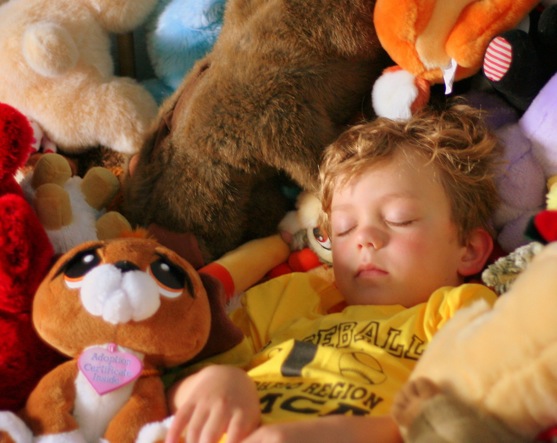
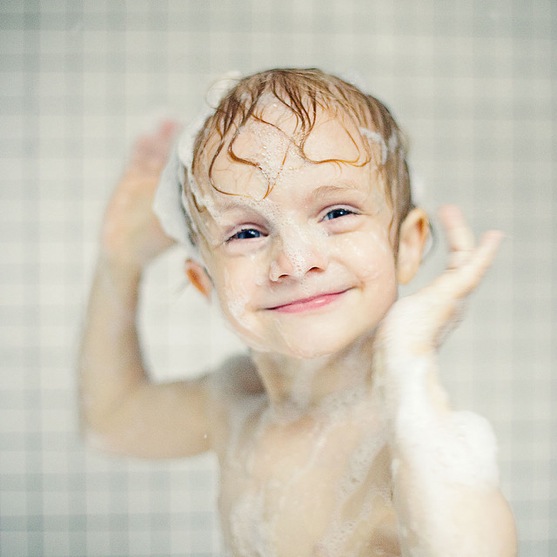
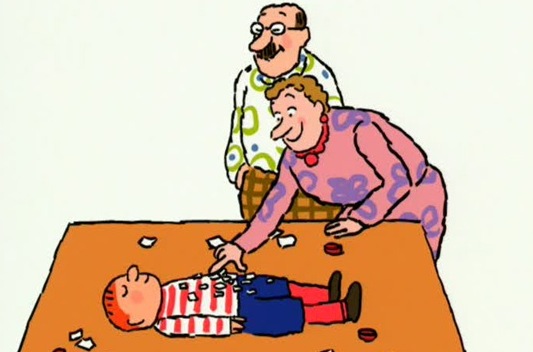
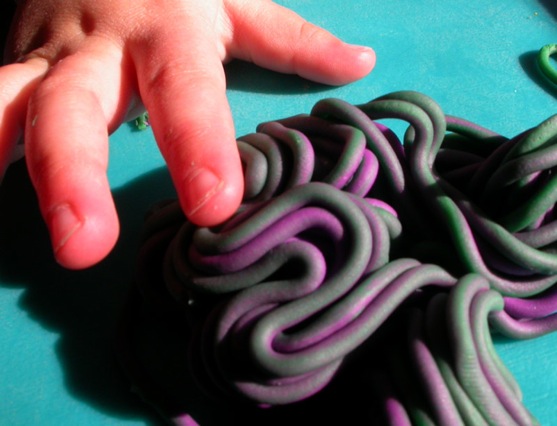
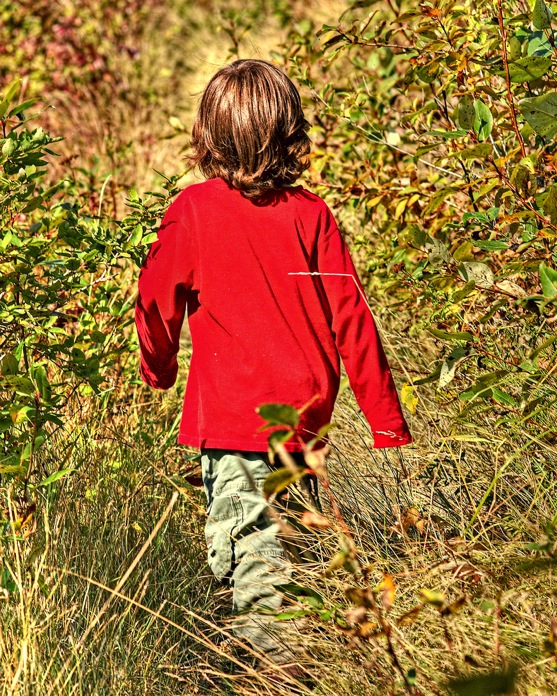
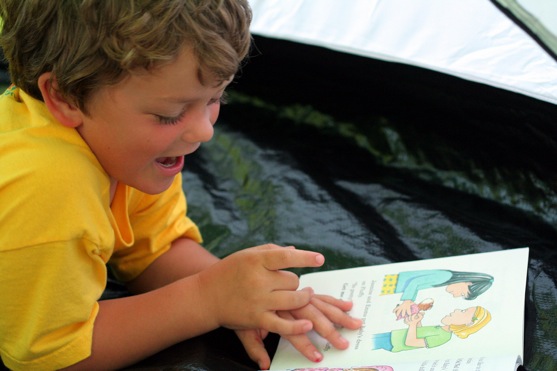

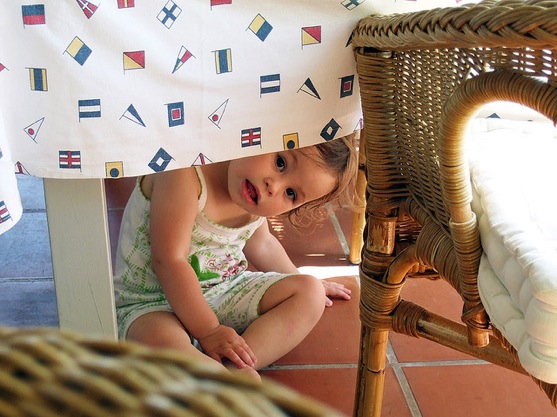


I find my daughter ramps up when she is hungry. Food had never been a priority for her and she needs to eat on a regular basis. Sometimes I forget because I don’t need to eat as often.
1st – thank you so much for linking to my quiet time posts.
2nd – this series of posts are such a blessing. My son is definitely soothed by playing with water ( especially in the sink and spraying the hose), we do a lot of sensory bins, play dough and something he did just tonight that was a great wind down was popping bubble wrap. I used to do that with aggressive kids in my class room with huge success but have never thought of intorducing my son to it.
I need to figure out my son’s triggers and cues. I know one trigger is disappointment and it’s so hard because what disappoints him one day is cool beans the next. I am inspired to figure it out.
Thanks so much Cara – I can’t tell you how thankful I am for these posts and all your effort put into them!
Thanks so much for linking! I do hope my post is helpful for some of your readers.
And also thank you for laying out all of these great activities in such a clear way. While my son doesn’t quite fit the descriptions of a spirited child, he certainly does have the intensity characteristics. We use some of the above ideas, and I look forward to trying some of the others. I requested the pizza book at the library. Can’t wait to try it!
LOVE THIS!!! i have a spirited 7yr old and your thoughts are spot on! I so appreciate your out of the box thinking. I thought I was neurotic for the way I deal with my kiddo. Now I know that I’m not alone. Thanks so much.
Hi,
I have a ten year-old intense or highly sensitive child. Besides all the excellent points here (including getting some protein into that body), I found that once I realized that I should have been labelling myself an intense and highly sensitive mama things seemed to lighten up and I stopped searching for all the ways to prevent this or that.
I know it’s not always going to be the case, I do know, but when I realized this I wished I had realized it years earlier.
With gentleness,
This is my first time visiting your blog, and I’m SO glad that I found it. I have a son who just turned four, and these posts on spirited children describe him exactly! I often find myself wondering what is wrong with him or with me, so it’s nice to know that there are others out there in the same situation! Thanks for sharing
What a great in-depth post. So much to look at and pour over. Intense has been a word I have lovingly used to describe my daughter. Thanks for so many thoughtful ideas!